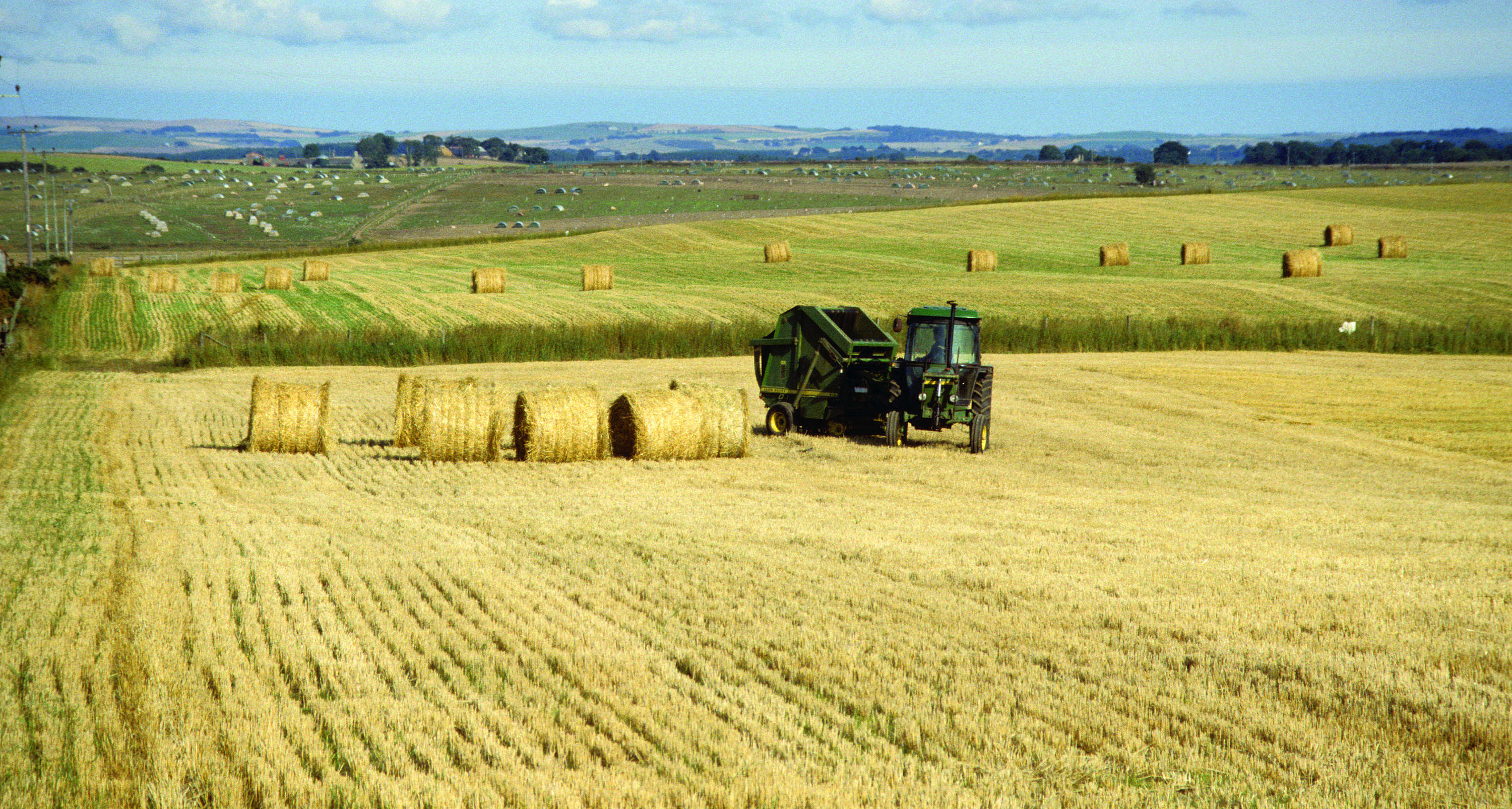
In the first half of 2016 the Scotch Whisky Association reported that Scottish whisky exports by volume returned to growth for the first time since 2013.
For the malting barley industry this was of course very welcome news and yet more could be on the way with competitiveness further boosted thanks to the recent fall in the value of the pound, writes AHDB Cereals and Oilseeds.
Yet this season Scotland is estimated to have produced the smallest spring barley crop for 18 years at 1.27Mt, down 17% year-on-year. On the surface this is alarming given the growth coming back into whisky export volumes.
In the ten years to 2015 Scotland has produced, on average, close to 1.5Mt of spring barley per year and production in 2013, 14 and 15 was above the ten year average.
The upshot of these previously big production years for Scottish spring barley has been accumulation of stocks.

Due to the highly integrated nature of the UK grain markets, Scotland-specific data isn’t available.
However, trends in UK stock levels give an indication of the Scottish trends given the significant role that Scotland plays in UK production.
UK barley stocks at the end of June 2016 were estimated at almost 1.4Mt, similar to the previous three years.
Typically the UK tends to see stocks below the 1Mt level. For Scotland, barley stocks will play a key role in balancing the lower production of 2016 and the key question is, what does this mean for harvest 2017?
With the possibility of depleted stocks, the supply chain in 2017/18 will be more reliant on the outcome of the 2017 harvest.
The lower production of 2016 was in part due to a 7% decline in the spring barley area planted – the lowest since 2007.
With maltsters and distillers dealing with burdensome levels of stock and a waning whiskey export demand there were limited contracts available for farmers growing barley.
Now though the picture is rather different, 2017 looks likely to present a backdrop of whisky export growth and reduced stock levels.
The material impact of this on contract availability for the 2017 crop remains to be seen, but it does give grounds for some optimism for the skilled malting barley growers of Scotland.
